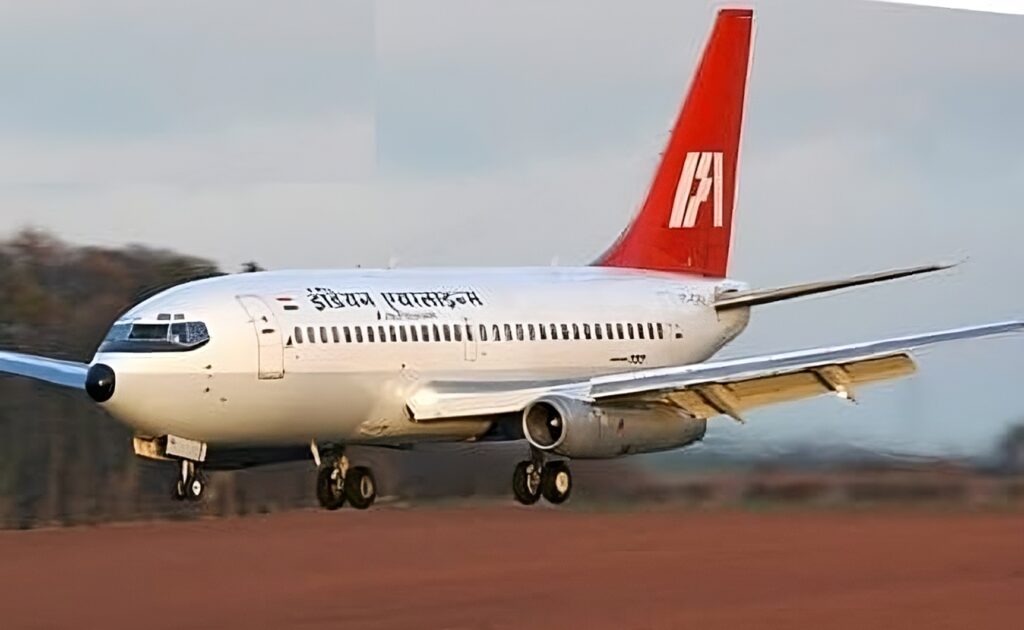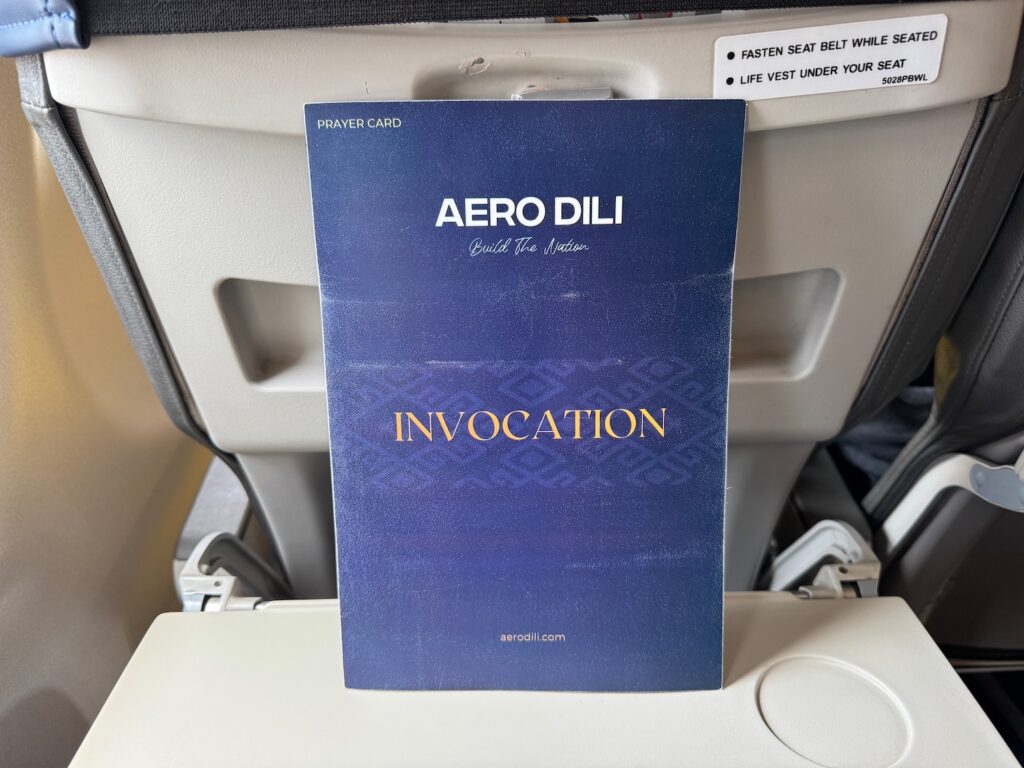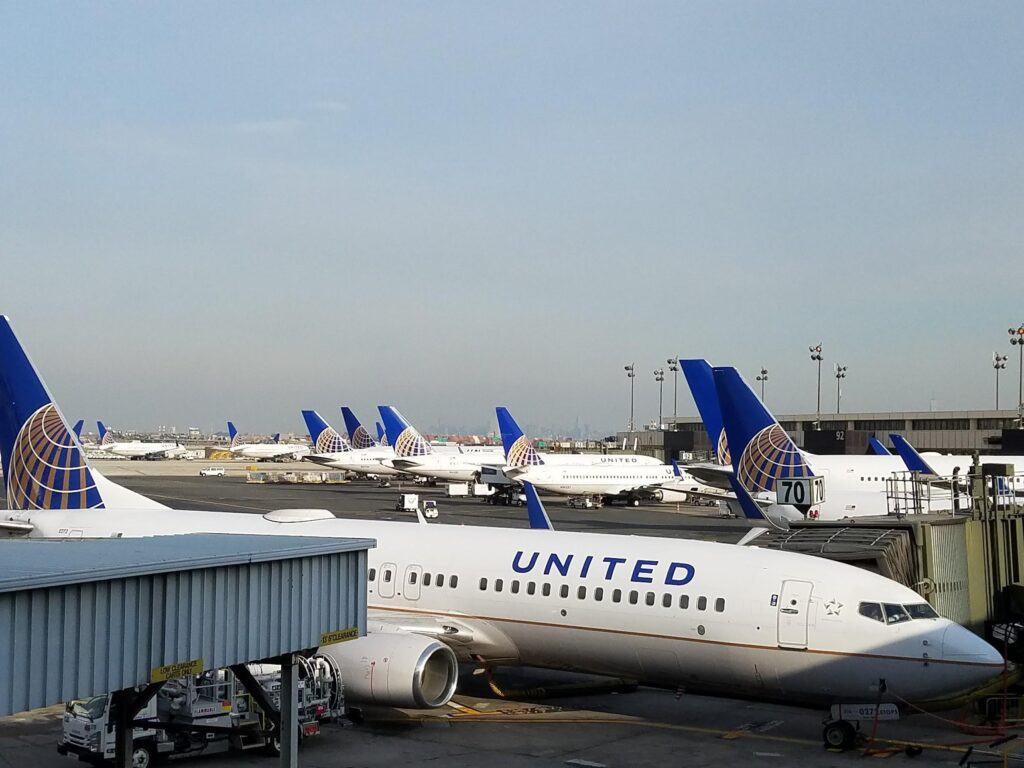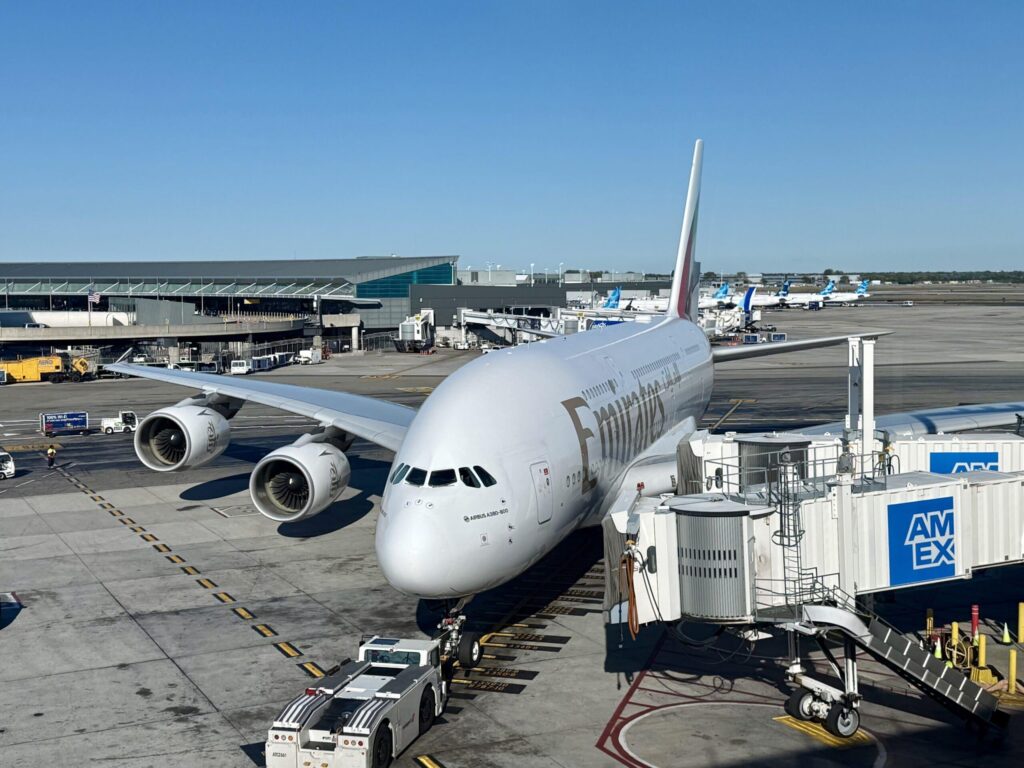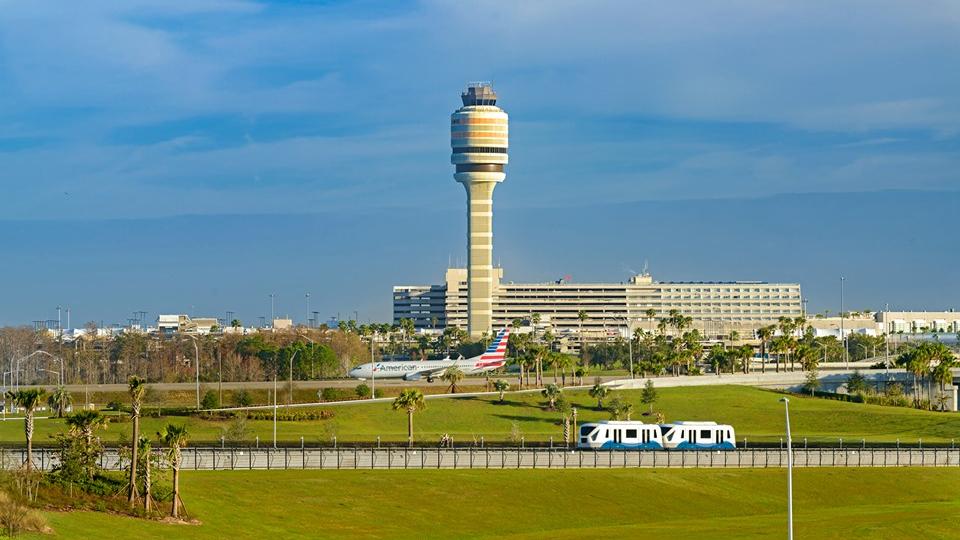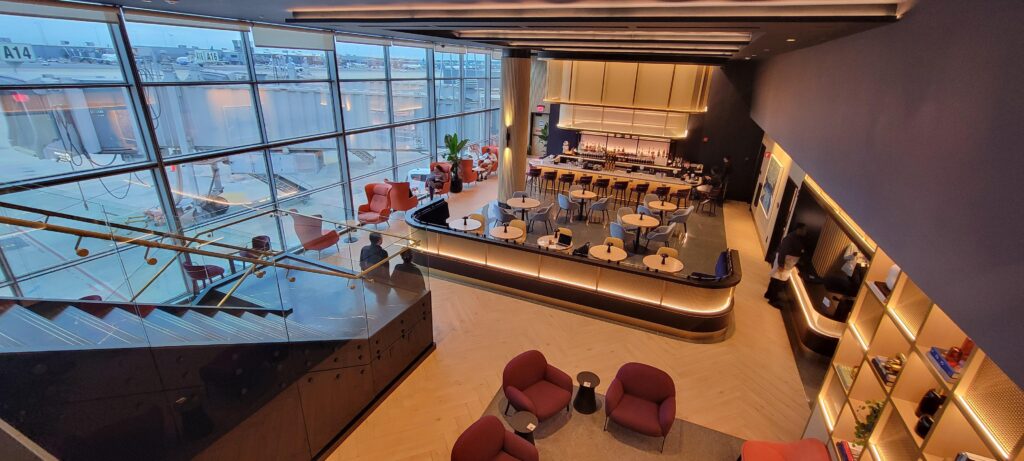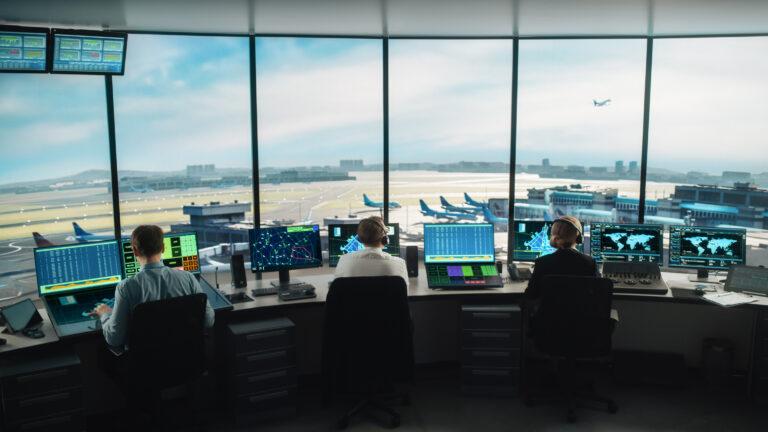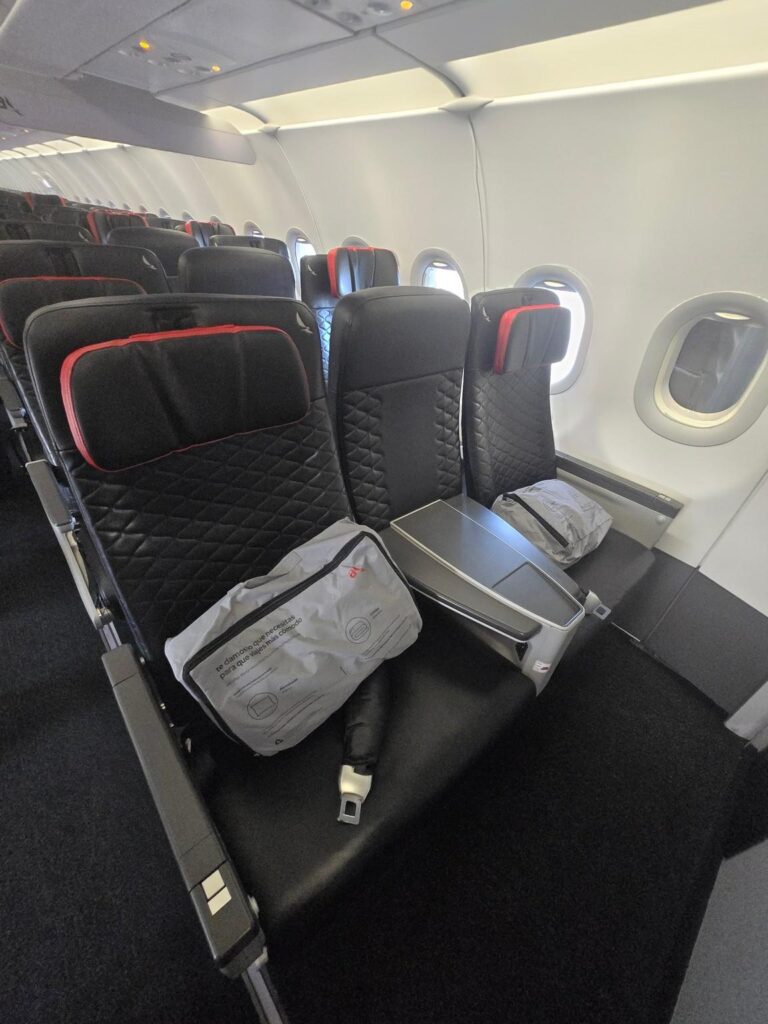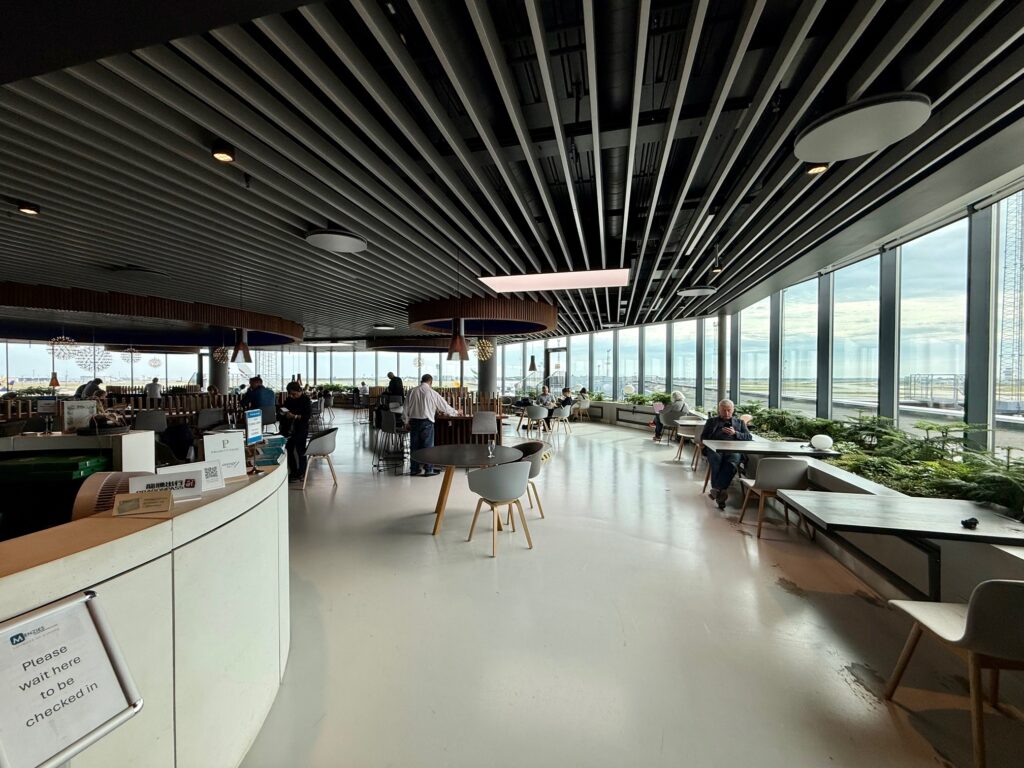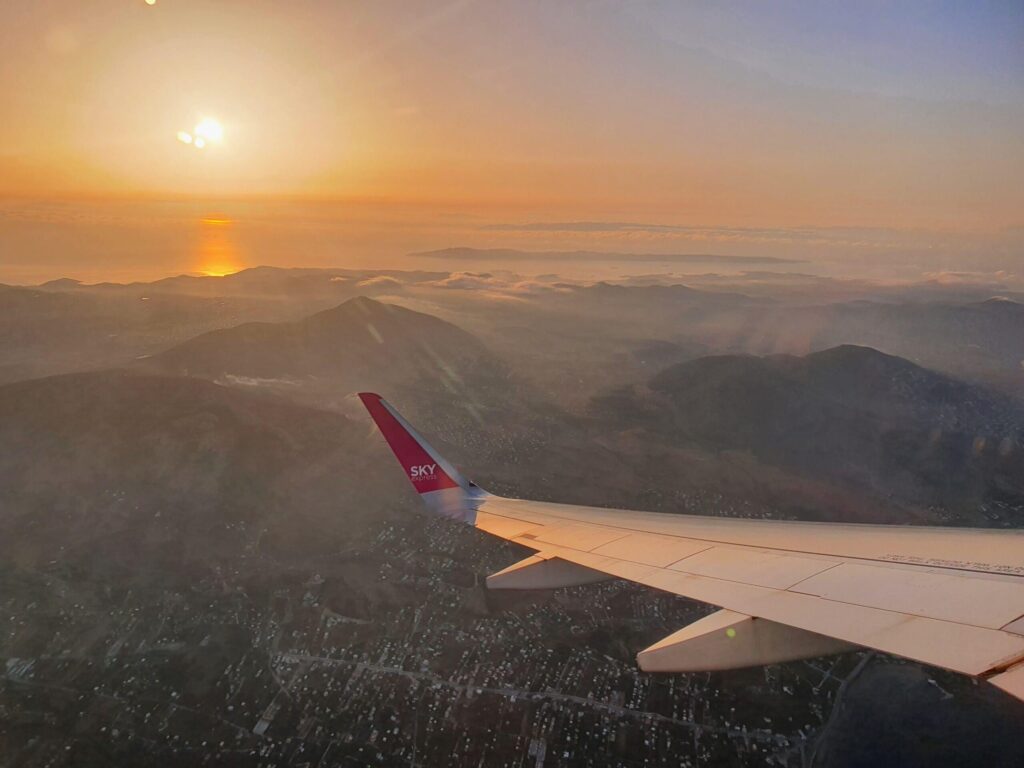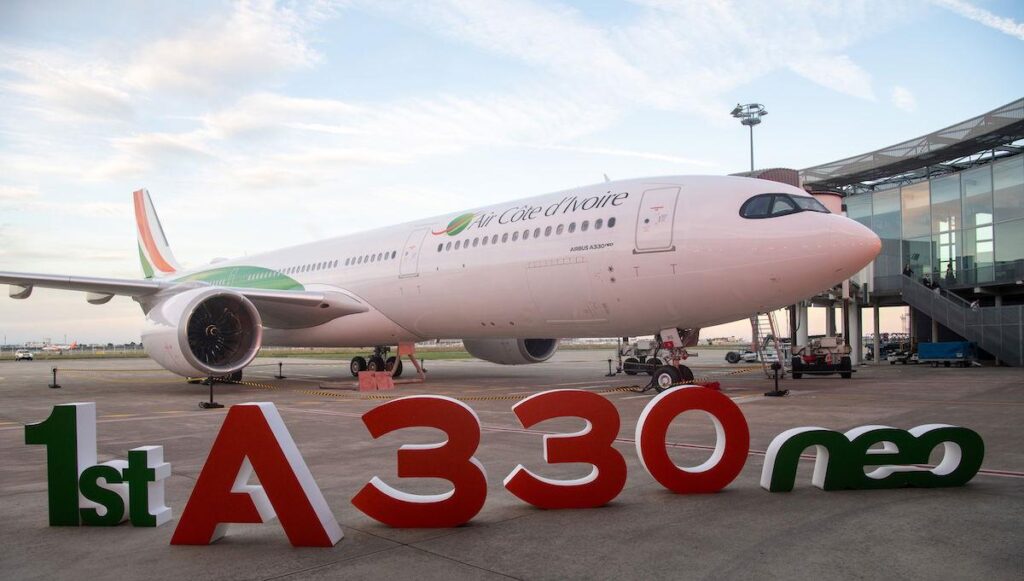
Phoenix Heatwaves: How Airlines Tackle Scorching Takeoffs
It’s no secret that stepping off a plane in Phoenix’s summer heat can feel like walking headlong into a blast furnace. I’ve often found myself searching for the slightest sliver of shade on the tarmac, amazed at how the desert sun transforms the surroundings into a shimmering mirage. Beyond the sweat and bright glare, though, these high temperatures present real challenges to takeoff performance, and sometimes entire flights are grounded as a result.
How Extreme Heat Impacts Lift
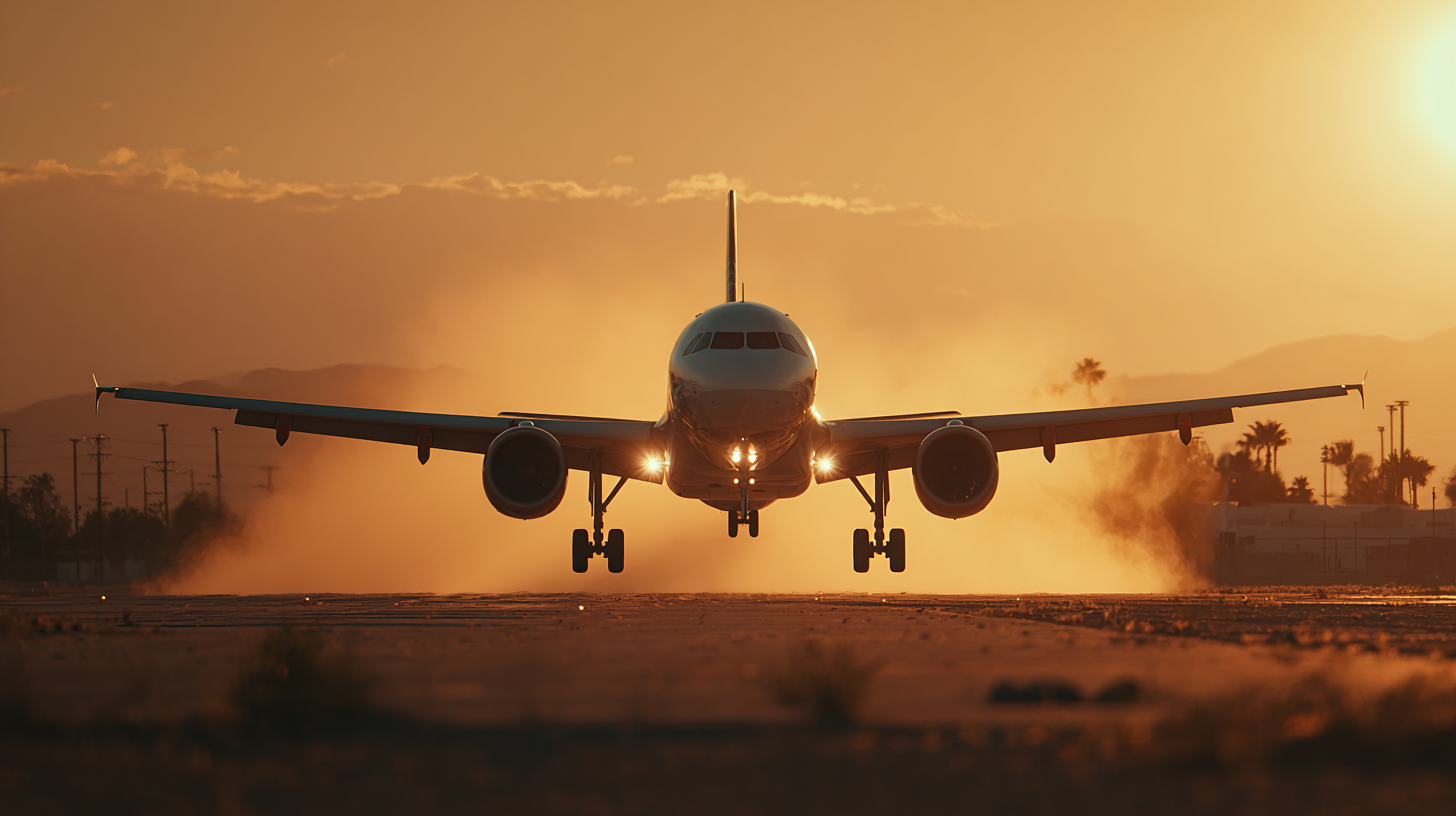
When the thermometer zooms past 100°F, the density of the air drops dramatically. I recall reading a 2024 FAA study that detailed how, at extremely high temperatures, wing surfaces collide with fewer air molecules, creating less lift. Engines also produce slightly less thrust in thinner air, so it can take more runway—and more strategy—for an aircraft to become airborne safely.
Over time, I’ve noticed airlines refining their flight manuals to factor in new temperature thresholds, especially in desert climates. For example, some aircraft are certified up to certain upper temperature limits, but as we inch beyond these limits, departures have to be rescheduled or adjusted. From what I’ve seen, this isn’t just about engine power—it’s about safety, ensuring enough lift to climb out reliably.
Future-forward forecasts reinforce this shift: according to a recent climate report, today’s record temps may become tomorrow’s averages, meaning even more operational constraints if strategies don’t evolve. Airlines keep looking for better ways to balance the scale of higher temperatures against mechanical and aerodynamic realities.
Real-Life Flight Limitations in Phoenix
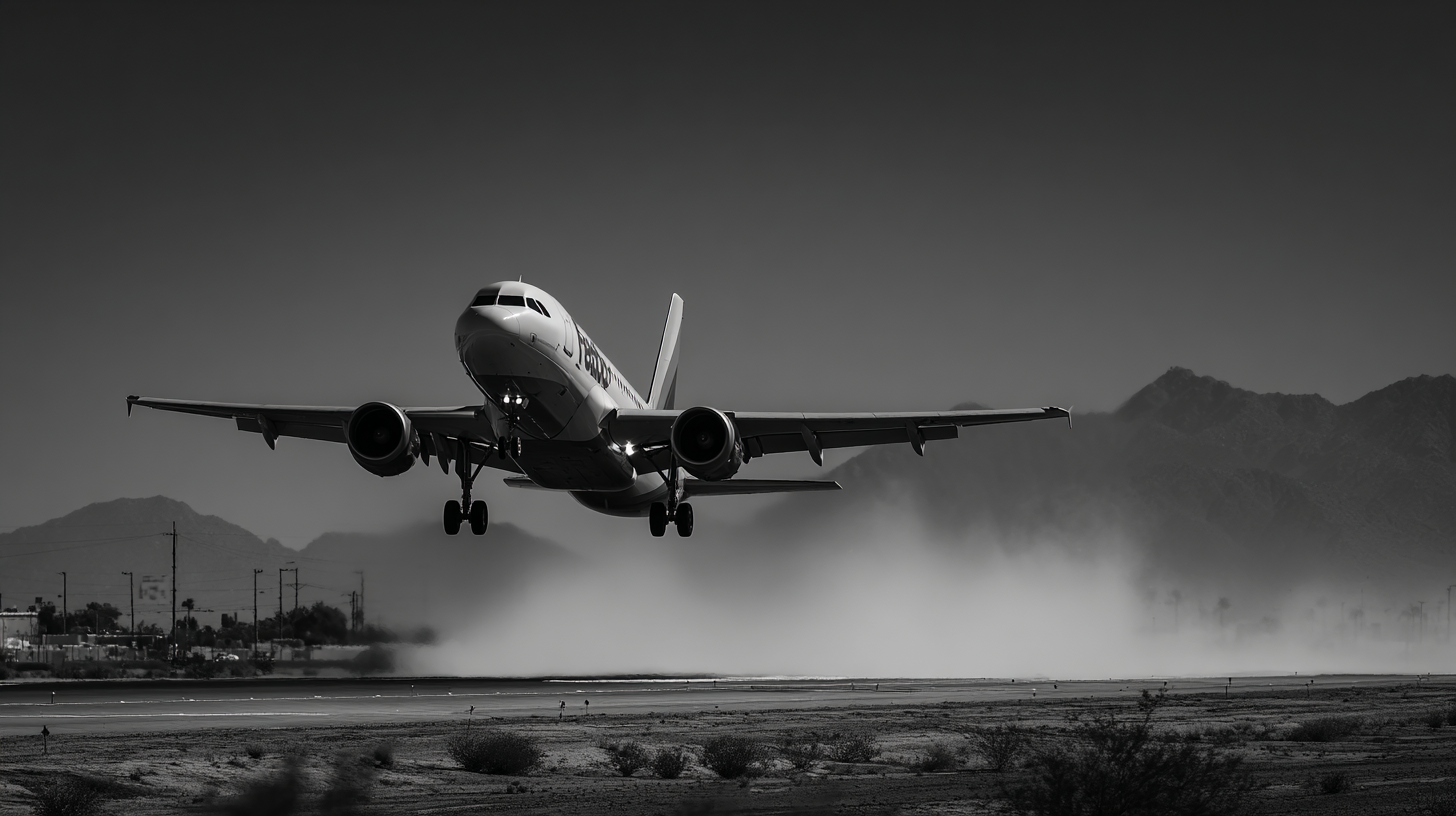
Phoenix’s reputation for punishing heat is well-earned. During a 119°F heat wave, Bombardier CRJs ended up on the ground longer than intended, and I remember scanning headlines about how smaller jets in particular were at a disadvantage. Meanwhile, some narrow-body and wide-body planes managed to keep flying but had to use more runway distance or limit their payload.
In my research, I’ve come across examples dating back decades, like Phoenix’s 122°F record in 1990 that forced the airport to halt most incoming flights. Even robust modern jets, including Boeing 737s and Airbus A321s, require extra takeoff runway length once the mercury hits certain thresholds. According to an industry briefing published in 2023, this might be one of the top concerns for airports in hot climates worldwide—runway expansions or alternative flight schedules are increasingly on the table.
Ultimately, I’ve observed that the most critical limitations come down to weight and air density. Airlines often face a tough call: do they reduce passengers, cargo, or postpone departures altogether? Each scenario introduces a different cost, both financially and in terms of traveler satisfaction.
Airlines’ Operational Adjustments
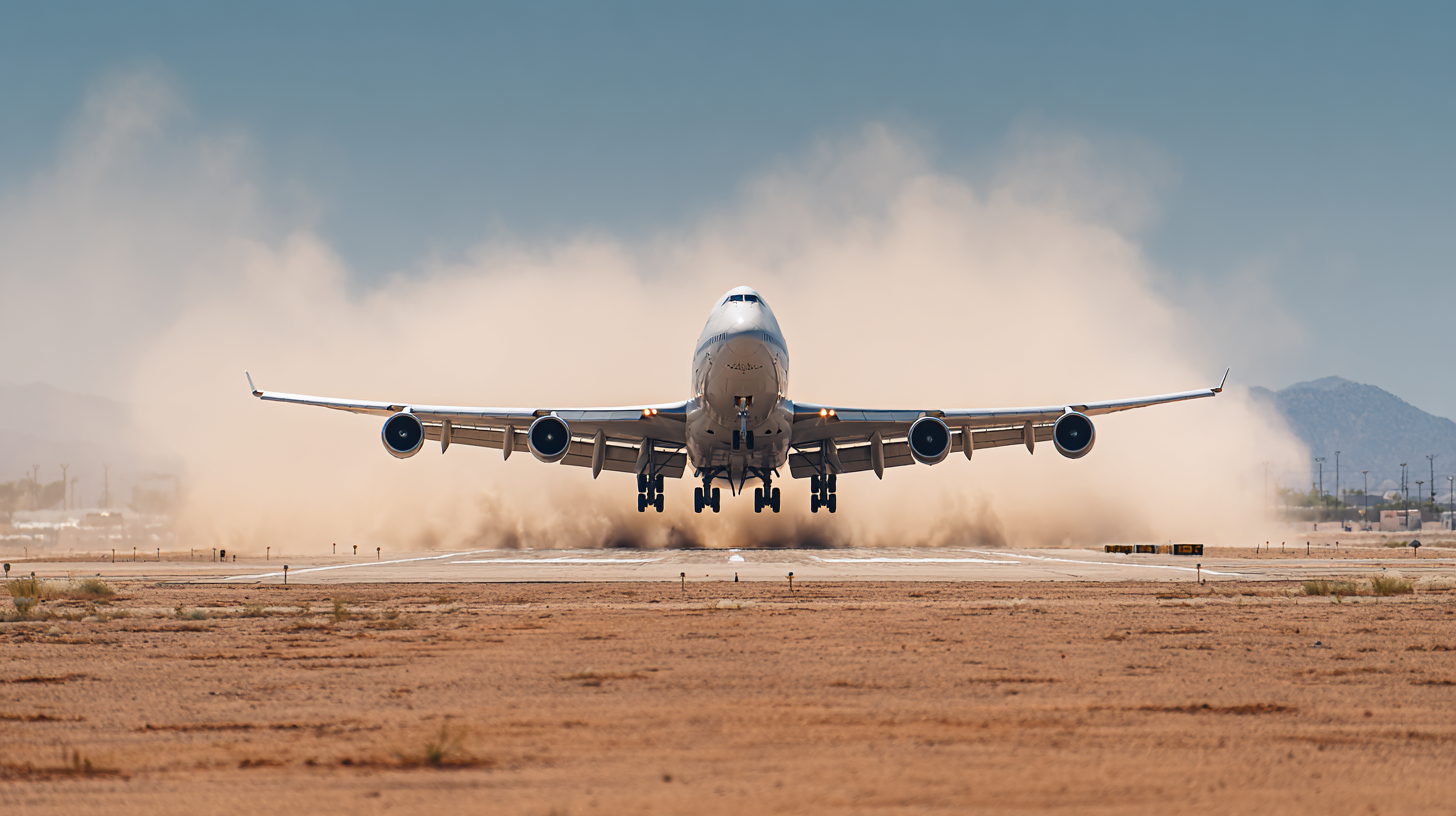
From what I’ve seen, major carriers like American, Delta, Allegiant, and United have become masters of scheduling gymnastics when summer hits the desert. One trick is to plan critical flights—particularly transcontinental hauls—during cooler hours, effectively sidestepping the hottest part of the day. Another approach involves carefully balancing fuel requirements with passenger load. If you’ve ever been on a flight where the crew announced a baggage offload to meet weight limits, there’s a good chance it was prompted by scorching weather conditions.
I’ve also noticed more emphasis on improved ground handling procedures. With ramp temperatures soaring above 120°F, flight crews have to think about how heat affects everything from cargo loading to airplane electronics. A delay on the tarmac might mean additional fuel burn just to keep the cabin cool. Some carriers now incorporate extra buffer time for cooling systems, or even schedule additional fuel stops when tackling extremely hot routes.
Interestingly, airlines rely on data to guide these changes. According to industry figures, the number of heat-related flight disruptions can spike in June and July, prompting carriers to adjust staffing levels to accommodate weather delays. These measures can be inconvenient, but as I’ve learned, they’re integral to maintaining safety in ever more sweltering conditions.
Top 3 Strategies for Flying in the Heat
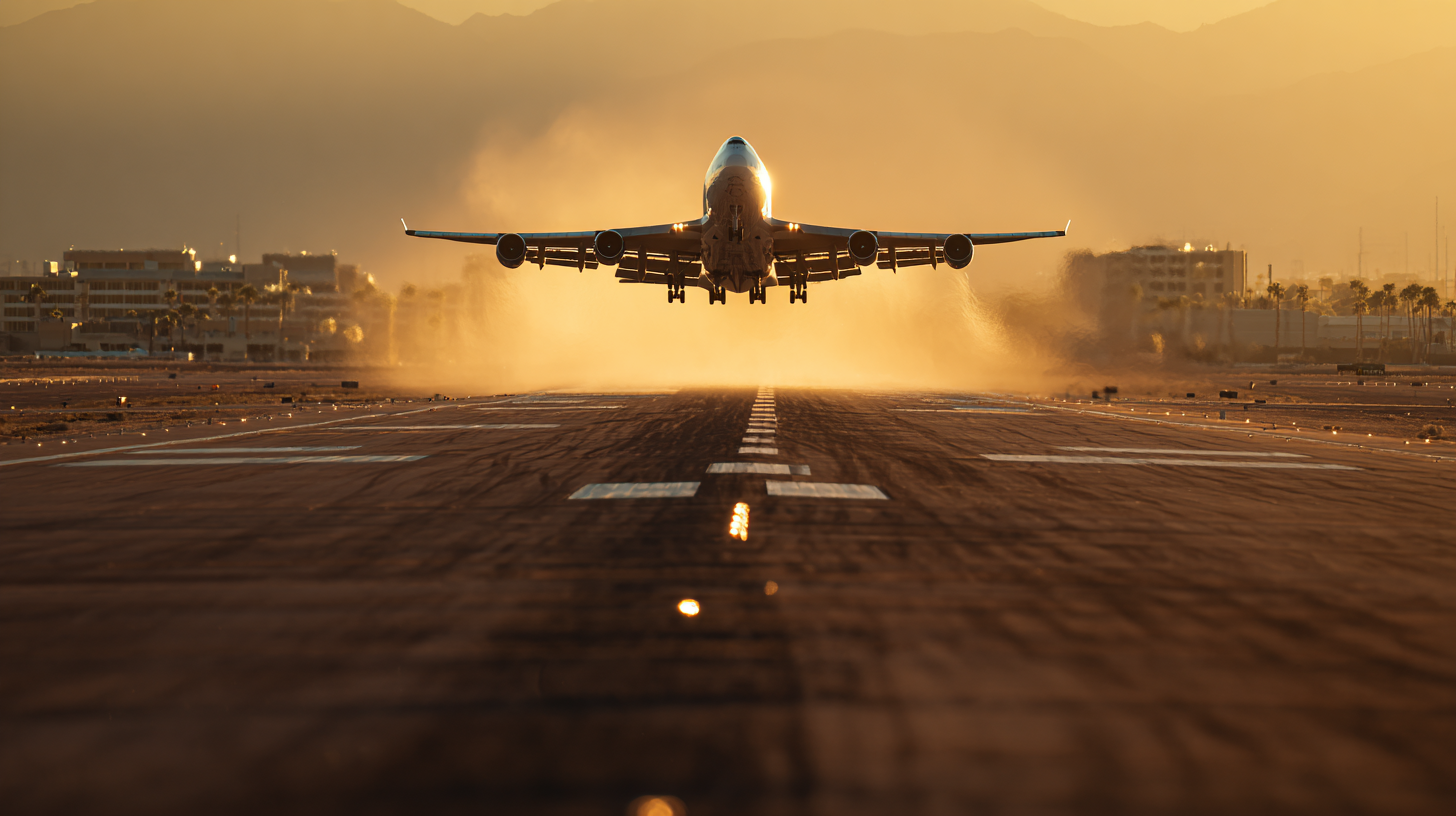
1. Book Early or Late: Departures in the early morning or late evening often sidestep the most intense heat. I’ve personally found flights at these hours not only more comfortable but also less prone to delays.
2. Pack Light: I’ve noticed firsthand how weight restrictions can escalate in extreme heat. By trimming down checked baggage or packing only the essentials, you improve the aircraft’s performance margin. Lightness can be a lifesaver on scorching days.
3. Stay Hydrated and Cool: It sounds obvious, but it’s so easy to ignore. Close that window shade, sip water regularly, and don’t underestimate how quickly the cabin environment can heat up while on the ground. These small choices can help keep you in good shape as you await takeoff.
Final Thoughts
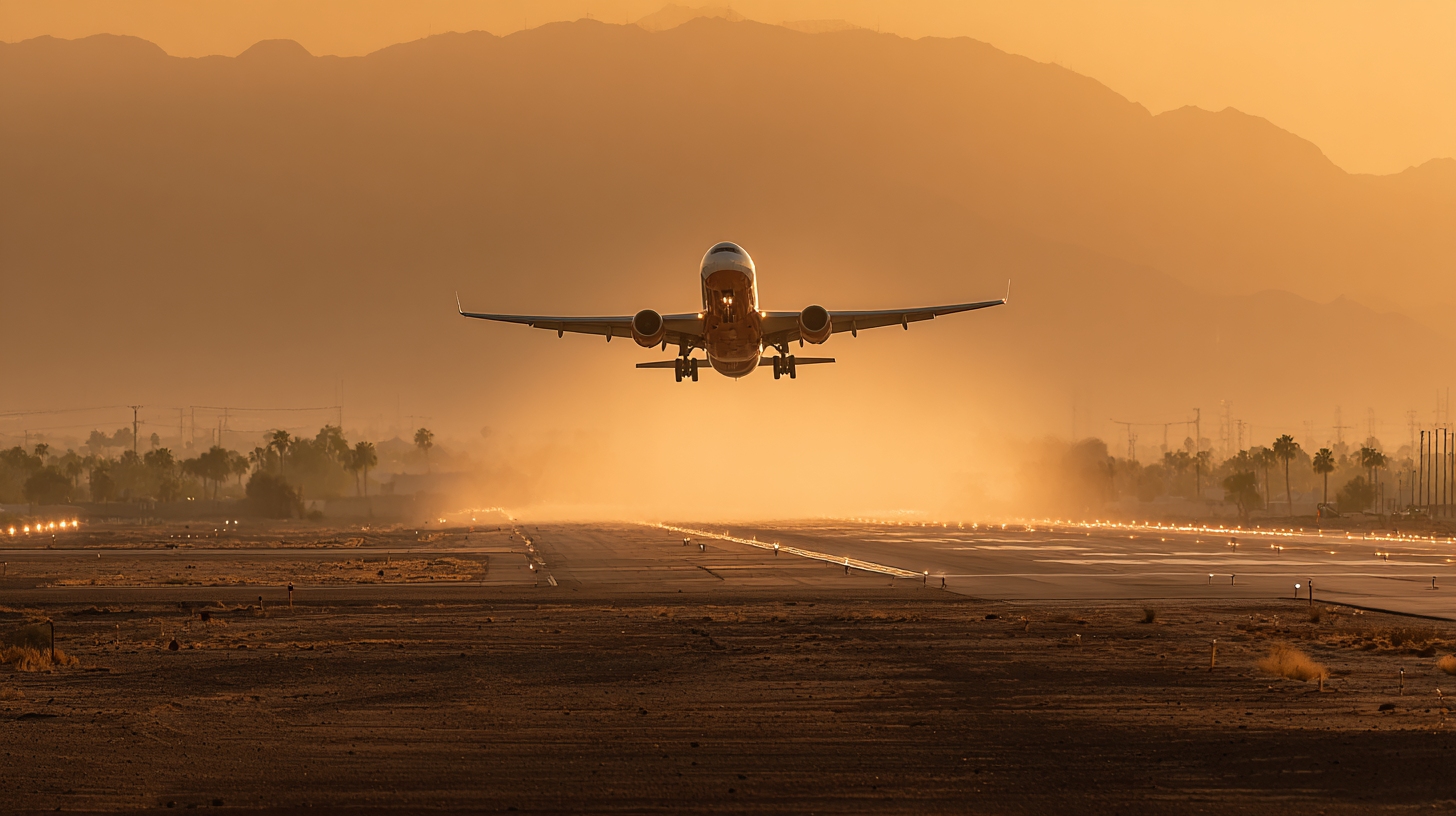
Over the years, I’ve grown keenly aware that Phoenix’s intense heat accentuates the intricate dance between physics, safety, and the sheer ambition of modern flight. The burning asphalt underfoot isn’t just an uncomfortable inconvenience—it’s a sign of the environmental hurdles our airlines face daily. Engine technology will continue advancing, but adaptation to hot-weather operations is here to stay.
Staying informed can make all the difference, whether you’re a frequent flyer juggling multiple segments or a vacationer planning a once-in-a-lifetime trip. As our climate continues to shift year after year, it pays to understand how scorching temperatures can affect your departure—and what you can do to streamline the experience.
In an era where real-time data and evolving regulations shape air travel, the key is flexibility. By booking strategic flight times and preparing for weather-related changes, travelers can reduce disruptions and keep cool amid the desert heat.
Sky Skylar’s Take
From my vantage point, these scorching realities of desert airports represent a fascinating blend of human innovation and raw natural force. I’m always intrigued by how airlines pivot, re-strategize, and push technology forward to keep us flying safely in extreme temperatures.
I’ve spent countless hours poring over travel stories and data, and one clear takeaway is that the next few years will demand even more agile planning. It’s not just about beating the heat; it’s about rethinking the passenger experience, one runway at a time.
BoardingArea is where I keep my finger on the pulse of these travel trends.








